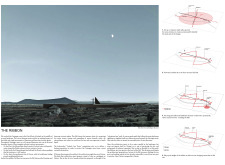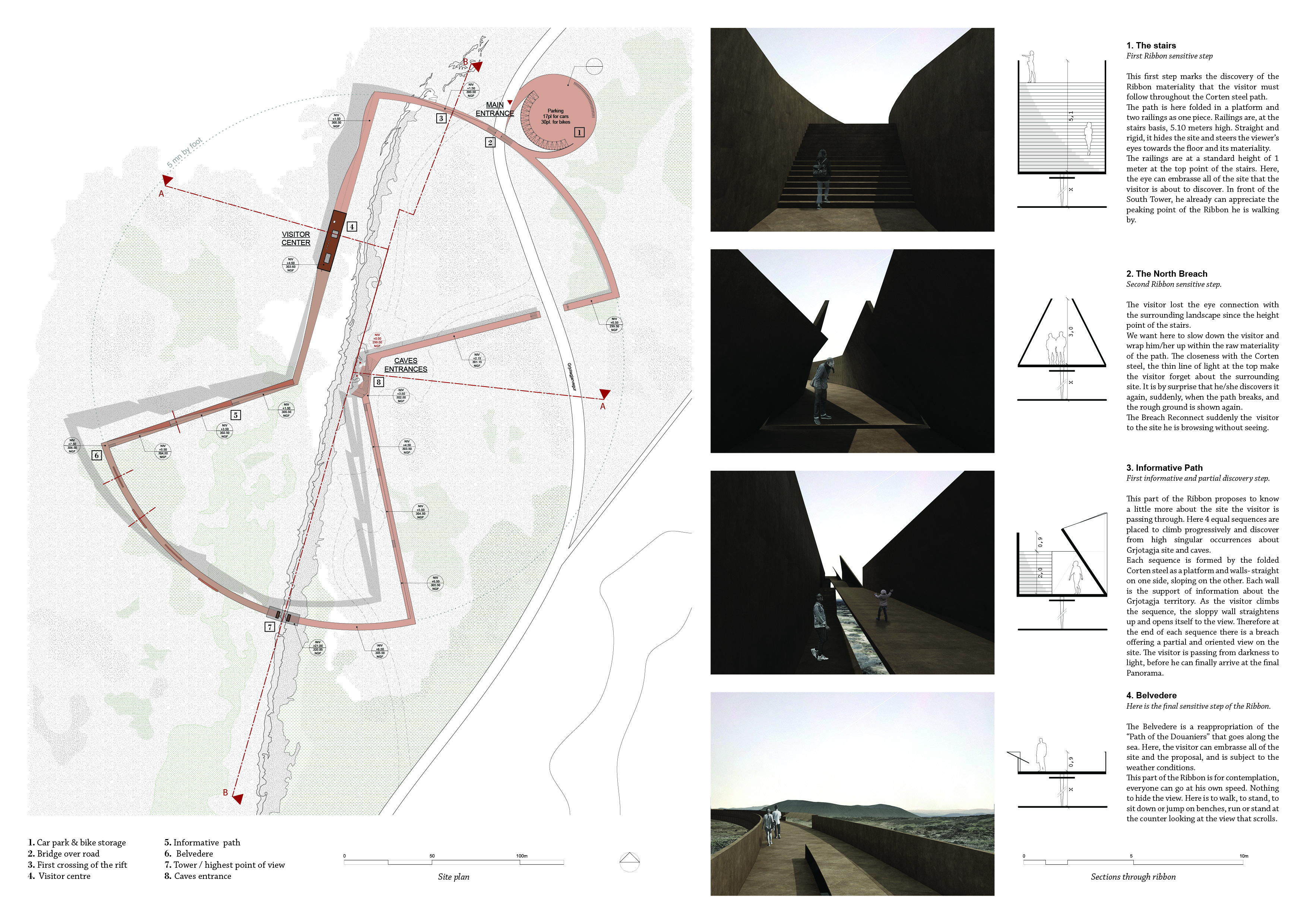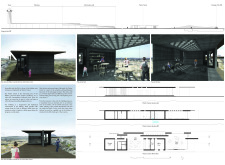5 key facts about this project
The architectural project under analysis embodies a modern design approach that synthesizes functionality, aesthetics, and context. Located in an urban setting, the project serves as a multi-purpose facility designed to facilitate community engagement while providing essential services. The architectural design emphasizes a blend of utility and modernity, ensuring that the space not only meets its intended purpose but also contributes positively to the surrounding urban fabric.
The project employs a pragmatic layout that effectively accommodates various functions, including communal spaces, offices, and recreational areas. The architectural plans detail an open floor plan that promotes a flow of movement throughout the building, encouraging interaction among users. This functional arrangement is reinforced by the incorporation of large glass panels that allow natural light to penetrate deeply into the interior, creating a warm and inviting atmosphere.
The materials utilized in the construction reflect a commitment to sustainability and durability. Key materials include reinforced concrete, which forms the structural backbone of the project, paired with timber cladding that adds warmth and texture to the façade. Additionally, the use of high-performance glazing enhances energy efficiency while minimizing heat gain. The combination of these materials not only fulfills structural requirements but also embodies the aesthetic philosophy underpinning the design.
A unique aspect of this project lies in its integration with the landscape. The design incorporates green roofs and terraced gardens, which aid in stormwater management and promote biodiversity. This ecological approach contrasts with typical urban developments that often overlook environmental considerations. The deliberate choice to blend built and natural environments highlights a forward-thinking architectural concept that prioritizes sustainability.
The architectural sections illustrate the relationship between different levels and spaces, showcasing how the design navigates the site’s topography. High ceilings in communal areas enhance the sense of openness, while intimate spaces, such as meeting rooms, provide a contrast in scale that caters to varying user needs. The design effectively balances communal and private areas, ensuring that both collaboration and solitude are accommodated.
The project redefines the concept of urban integration by engaging with the immediate context through its public-facing interfaces. The façade features an innovative design that serves both functional and aesthetic purposes, ensuring that the building stands out while harmonizing with its surroundings. This careful consideration of context and materiality sets this project apart from standard architectural designs, as it aims not just to enclose space but to enrich the urban environment.
For those interested in an in-depth exploration of the architectural plans, sections, and the innovative architectural ideas embodied within this project, the detailed project presentation offers valuable insights into its conception and execution. It is encouraged to take a closer look to understand the nuances of this thoughtfully designed architectural endeavor.






















































